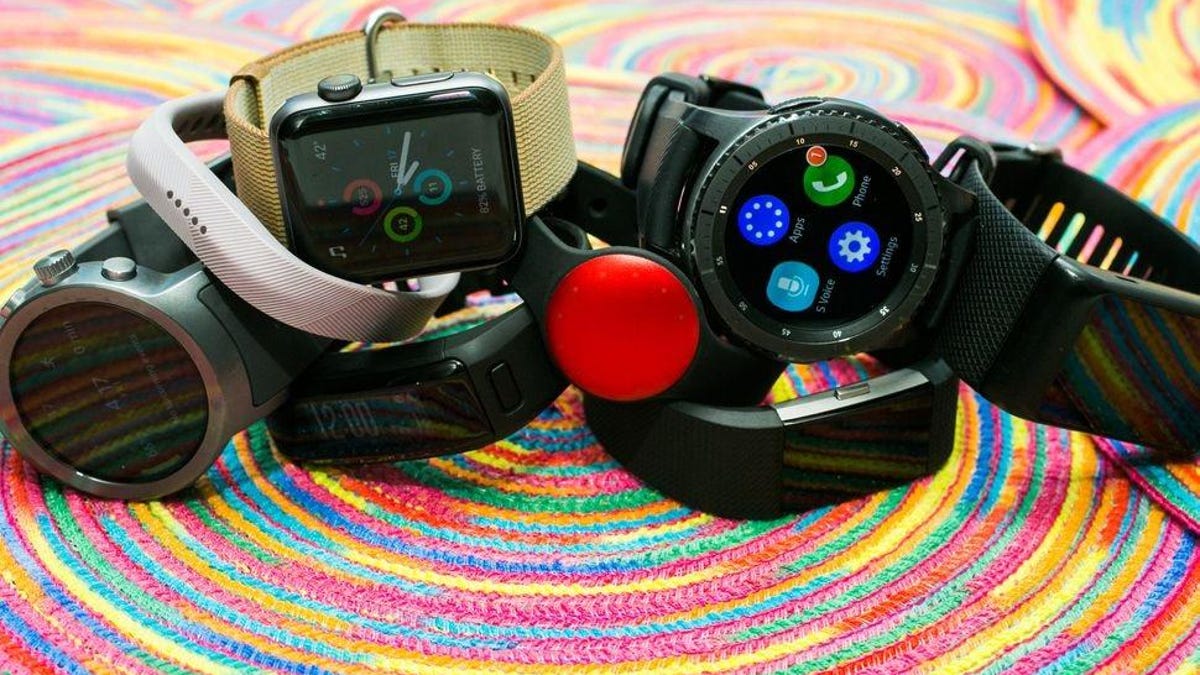One in 10 American adults expected to have a smartwatch next year
Americans over 55 will drive the biggest segment growth, thanks to new health features.

More American adults than ever are expected to sport a smartwatch on their wrist next year, and many of them will be older Baby Boomers, according to new projections released Thursday.
The percentage of US adults who use a smartwatch will cross the 10 percent milestone for the first time in 2019, predicts research firm eMarketer. About 28.7 million Americans 18 and older, or 11.1 percent of the adult US population, will use a smartwatch next year, eMarketer said.
"Continuous improvements in design and functionality are key drivers of smartwatch adoption," eMarketer forecasting analyst Cindy Liu said a statement. "Specifically, LTE connectivity will be a huge driver, as it allows smartwatch users to stay connected while leaving their phones behind."
Smartwatches are a driving force behind wearable device usage in the US, which eMarketer expects to reach more than 60 million people in 2019, an increase of 9.2 percent over 2018. More than 20 percent of internet users are expected to use a wearable device next year.
Older Americans are expected to make up the fastest-growing segment of the population adopting wearable devices next year. More than 8 million Americans aged 55 and older are expected to use a wearable in 2019, up more than 15 percent over this year, eMarketer said, crediting the growth to new health features that are appealing to older people.
eMarketer cited new features in the Apple Watch Series 4, which incorporates new sensors that can detect falls, one of the major causes of death for the elderly. If there's an accident, the watch can place an emergency call.
A new electrocardiogram feature on the Apple Watch allows wearers to have a heart-rate monitor on their wrist. It can be used to detect a serious heart condition called atrial fibrillation (AFib), a fast heart beat that can increase the risk of heart attack or stroke.
CNET's Holiday Gift Guide: The place to find the best tech gifts for 2018.
Security: Stay up-to-date on the latest in breaches, hacks, fixes and all those cybersecurity issues that keep you up at night.

